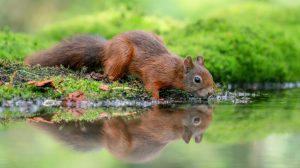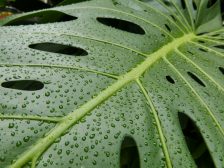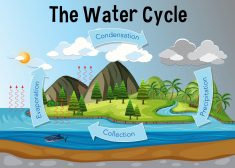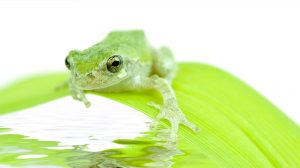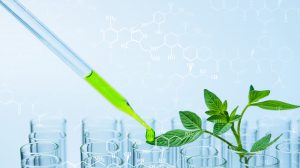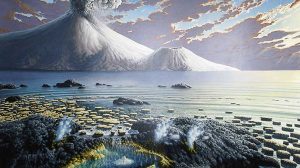Naegleria fowleri (commonly referred to as the brain-eating amoeba) is a heat-loving amoeboflagellate protozoan of the family Vahlkampfiidae of the phylum Percolozoa. It is a member of the genus Naegleria. It is not a true amoeba just as the members of genus Amoeba. However, similar to the species of the genus Amoeba, this species is capable of altering its cell shape and forming pseudopod. The amoeboid form could be seen during the trophozoite stage of its life cycle. The other life stages are the cyst stage and the flagellate stage. In its free-living state, it feeds on bacteria and thrives in hot springs, warm lakes, rivers, and ponds. It may also live in unchlorinated or minimally-chlorinated swimming pools. From a free-living state, the species can turn into an opportunistic parasite when it enters a host. The trophozoite is the infective stage of Naegleria fowleri. It enters the body of its host (e.g. humans) through the nose, especially during the host’s water-related activities like swimming and diving. Inside the nose, the trophozoite penetrates the nasal mucosa, and later migrates through the olfactory nerves to reach the brain where it feeds on astrocytes and neurons. The condition wherein the brain tissue harbors Naegleria fowleri trophozoite or the cerebrospinal fluid containing the flagellate form is called naegleriasis (or primary amoebic meningoencephalitis). It is a fulminant disease and can be fatal to the host.
See also
References
- CDC – DPDx – Free Living Amebic Infections. (2019). Retrieved from https://www.cdc.gov/dpdx/freelivingamebic/index.html
- Marciano-Cabral, F. (1988). “Biology of Naegleria spp”. Microbiological Reviews. 52 (1): 114–133.
- General Information Naegleria fowleri. (2019). Retrieved from https://www.cdc.gov/parasites/naegleria/general.html
© Biology Online. Content provided and moderated by Biology Online Editors
